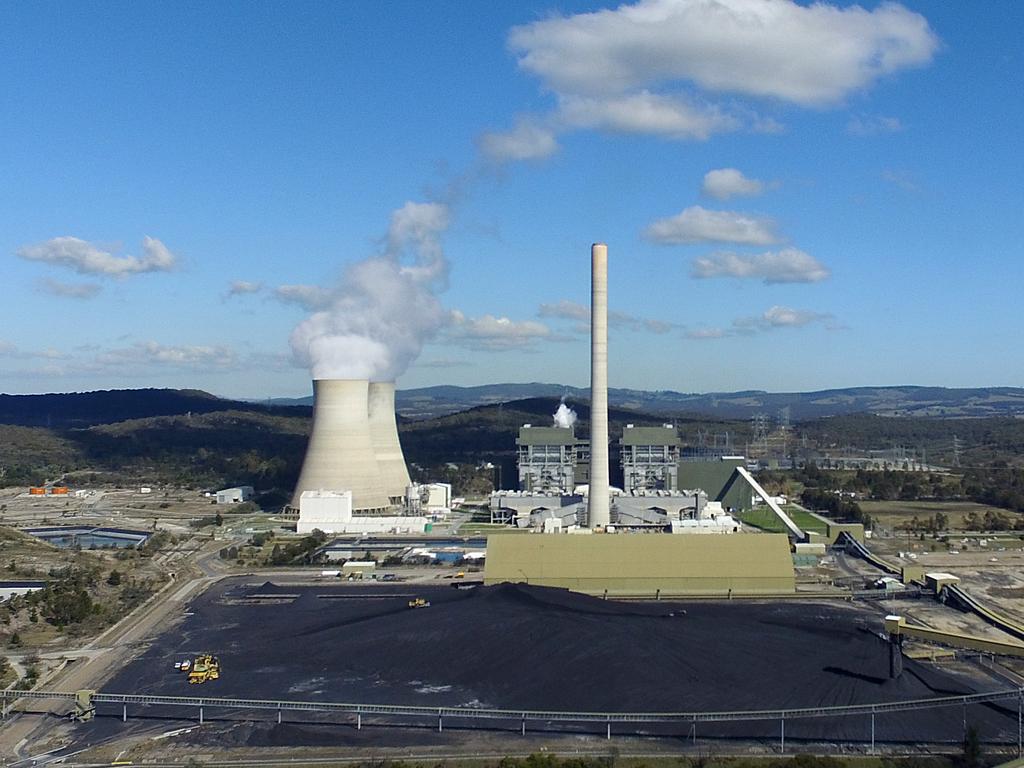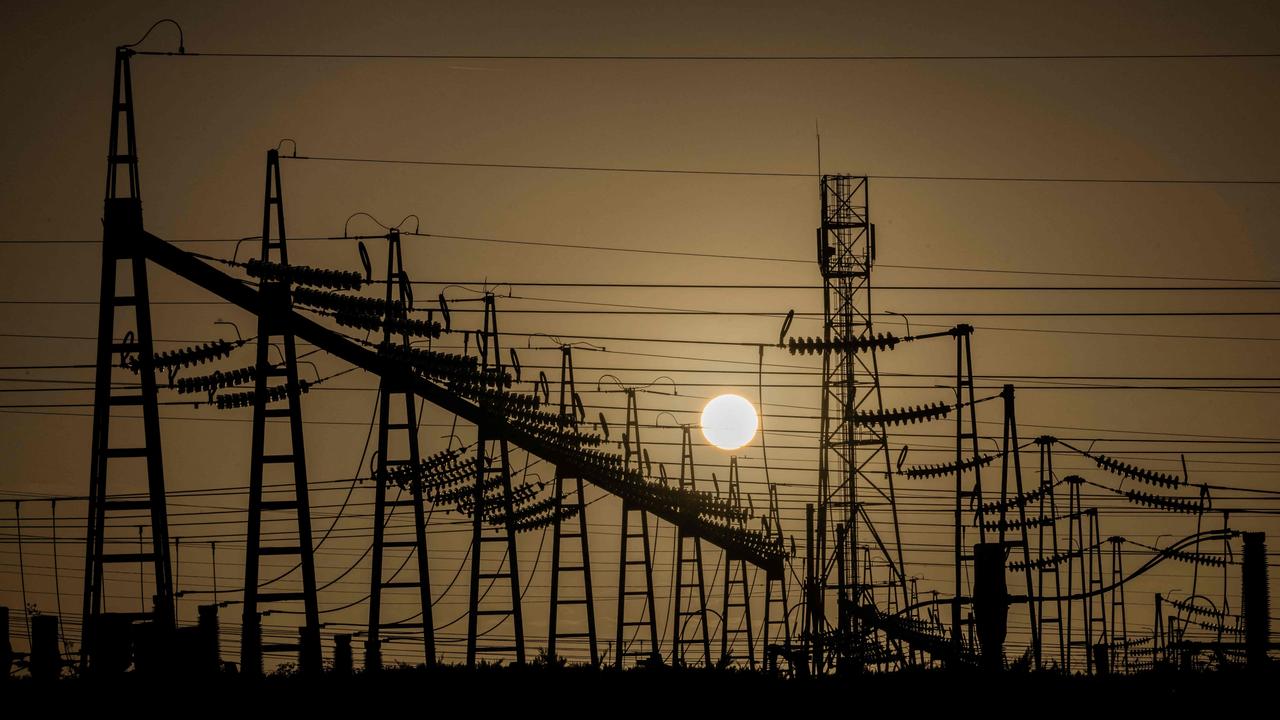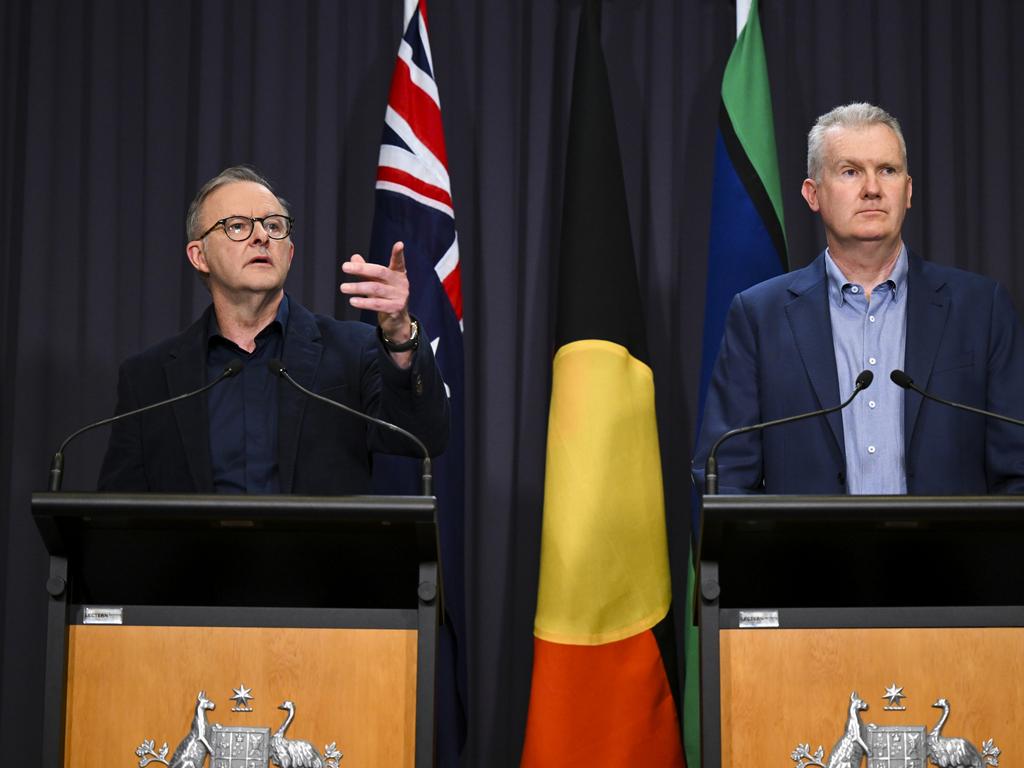‘Expert’ reports laughable if impacts weren’t so serious


At the end of each year, I like to create a ranking of these reports and award a wooden spoon for the most terrible. I don’t bother getting too analytical; I’m not awarding the Brownlow or Dally M medal. But I have found in previous years there is always one report that stands out for its sheer incompetence, its complete lack of evidence and its blatant bias – often kindly referred to as motivated reasoning.
Don’t get me wrong, some government reports are worth reading and it’s possible to learn quite a lot from them. Most of the reports from the Productivity Commission are solid documents, covering the key facts of the topic at hand, and include defensible findings and sensible recommendations. The PC report released in October, A more productive labour market, was a balanced, informative document.
Despite the veneer of being serious and considered – lengthy, lots of tables and charts – the budget papers must rank towards the bottom of the ladder for their absurd assumptions. Take the last budget handed down by Josh Frydenberg in March. Here it is noted that “commodity prices are near record high levels, in part due to the Russian invasion of Ukraine. Metallurgical and thermal coal spot prices have recently reached highs that are 62 per cent and 53 per cent above previous peaks. In line with past practice, elevated coal, iron ore and metals prices are assumed to return to levels consistent with long-run market fundamentals by the end of the September quarter of 2022”.
That’s right: in just half a year’s time, commodity prices would collapse, although there are no reasons given for this assumption other than referring to “past practice”. Treasury was assuming thermal coal prices would decline from $US320/tonne to $US60/tonne. As it turned out, thermal coal prices were actually higher than $US320/tonne. But here’s the rub: the only possible scenario consistent with collapsing commodity prices would be a close-to-conflagration of the world economy. But if you turn to the section in the budget dealing with international economic trends, there are no dire warnings – everything looks reasonably rosy, all things considered.
If that is not embarrassing enough, take Treasury estimates of the budget cash balances. In March, the expectation was of a deficit of $80bn for 2021-22, down from close to $100bn estimated in the 2021 mid-year economic and fiscal outlook. There were only three months of the financial year to go, so it was surely reasonable to think that figure would be close to the actual. As it turned out, the recorded deficit was $32bn. In other words, Treasury wasn’t even close.
A stream of regular reports is released by the Australian Energy Market Operator. There is also the joint release with the CSIRO on GenCosts (electricity generation costs). This year’s report made the perennial claim that “wind and solar are the cheapest sources of electricity generation and storage in Australia” – a claim repeated by the Climate Change and Energy Minister.
One concession made this year was that renewable energy would only be cheaper “once the current inflationary cycle ends”. If the cycle doesn’t end – think here the skyrocketing cost of turbines, solar panels, transmission lines, worker shortages, a lack of ships to install offshore turbines – it could be another story.
The AEMO and CSIRO reports appear to be based on careful and informed research. There are lots of tables and charts, references and quotes. You have to know a lot about the topic to make any assessment of the validity of the conclusions. Fortunately, there are several experts around who have decided to unpack these reports to establish what is really driving the conclusions and whether other conclusions are possible.
There are always some key assumptions, including the number of continuous windless days, which bears on the capacity factor of wind farms, the costs of renewable energy installations and the speed at which they can be installed. The conclusion of the AEMO in respect of the extent of firming capacity needed to meet the inevitable shortfalls of intermittent renewable energy are particularly unconvincing. It is possible to draw a completely different conclusion – that the (forced) transition will lead to higher electricity costs, in both the near term and down the track.
But let me get to the drumroll – the awarding of the wooden spoon for worst government report of 2022. It has been a tight race and I have decided to award two spoons. The first is for the Regulation Impact Statement attached to the More Secure Jobs, Better Pay legislative amendments. To say it is hilariously bad is to be kind. The RIS concludes the bill is “adequate” notwithstanding the rushed process, the lack of consultation and the many wrinkles and unintended consequences already apparent.
It’s hard to pick out the shoddiest bit, but I do particularly love the assertion in the RIS that “collective bargaining is a human right”. (It is in bold, big type.) But if you go to the UN Universal Declaration of Human Rights, there is no mention of collective bargaining. And when Australia didn’t have collective bargaining, which was the case prior to 1990, what human rights were being violated?
And here’s another bit I love – an anonymous submission being favourably quoted. “In a confidential submission, a union observed that the current bargaining framework no longer delivers pay rises in line with productivity growth. The union also said the system is inaccessible to many sections of the workforce … As a result, the system is no longer fit for purpose and is simply incapable of restoring sustainable wage growth.” There you have it – case proven.
The second wooden spoon winner is the Queensland energy plan released in September – some might call it a fairytale. It seems to have bypassed the engineers and even the climate scientists, going straight to the political advisers and graphic artists for its formulation. Unsurprisingly, the report is full of cartoon-like representations of the plan.
Using the slogan of cleaner and more affordable energy and highlighting a large – ginormous, really – investment of $62bn, the plan includes the biggest pumped hydro project in the world located in cyclone-prone Mackay. Evidently, this will be completed by 2032. Mind you, there are lots of asterisks at this point to the effect that it’s best not to bank on it.
I’d like to think the quality of government reports will improve in 2023 but I won’t be holding my breath. I simply can’t wait for the regulation impact statement on the gas price controls.
The authors of far too many of these reports spend their time giving the answers their political masters want, rather than providing careful, objective analysis that serves the national interest.






In my line of work, I get to read a lot of government reports. Some of them are informative and satisfactory. But far too many are inadequate, including defective analysis and predisposed commentary. A small number are just laughably bad.